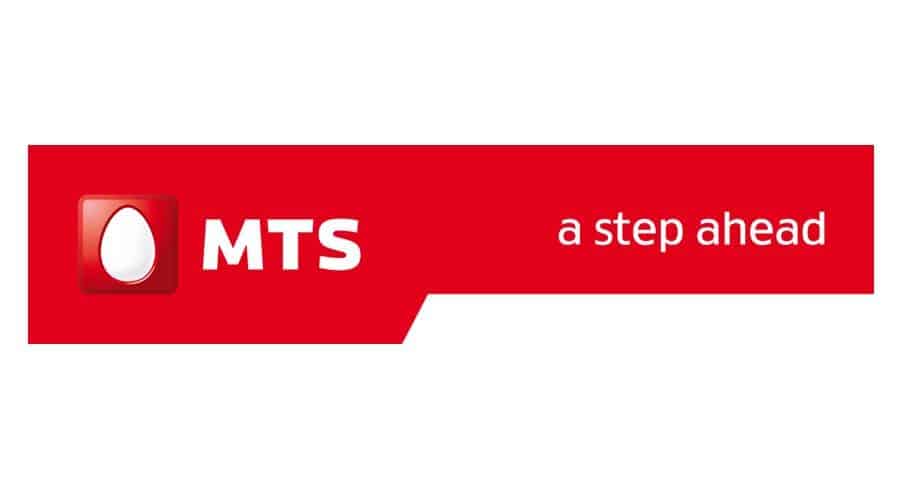Mobile TeleSystems (MTS), a leading telecommunications operator in Russia and NEC announced that they have successfully tested the iPASOLINK EX, an advanced ultra-compact radio communication system featuring a transmission capacity of 10 Gbps.
Testing of the iPASOLINK EX Advanced system was carried out in the northwest region of the Russian Federation under harsh weather conditions. The system enables 10 Gbps data transmission capacity over two hops at a distance of 4.8 kilometers between stations while one hop provides 8 Gbps at a distance of 8.3 km. This is several times higher than existing analogue systems currently available in Russia, claims NEC.
According to NEC, tests confirmed high data transmission capacity and low latency, both of which are integral to the launching of LTE and 5G networks. Moreover, this new solution can be effectively applied in areas where optical fiber trenching is difficult or impossible, and offers capacity on par with that of transport networks when compared to PON technology.
Weighing in at just 3 kilograms, the compact iPASOLINK EX Advanced system boasts advanced functionalities enabling users to reduce system installation and integration costs, said NEC. Adaptive Modulation and Bandwidth Radio (AMBR), a notable feature of the iPASOLINK EX Advanced system, enables maximum channel capacity in conditions of mist and precipitation that ordinarily make it difficult to transmit radio waves.
Dmitry Smirnov, Technical Director, MTS
Testing of the new iPASOLINK EX model demonstrated strong performance and high data transmission under severe weather conditions.. This will allow us to increase data traffic throughput from 3 to 20 times on radio lines at such distances.
Akihiro Sakurai, MD of JSC NEC Neva Communications Systems (NEC's subsidiary that conducted the trial)
Installation of the new iPASOLINK EX Advanced system allows carriers to not only flexibly increase transmission capacity but also increase the length of radio communication line intervals while maintaining high data transmission speeds.




















